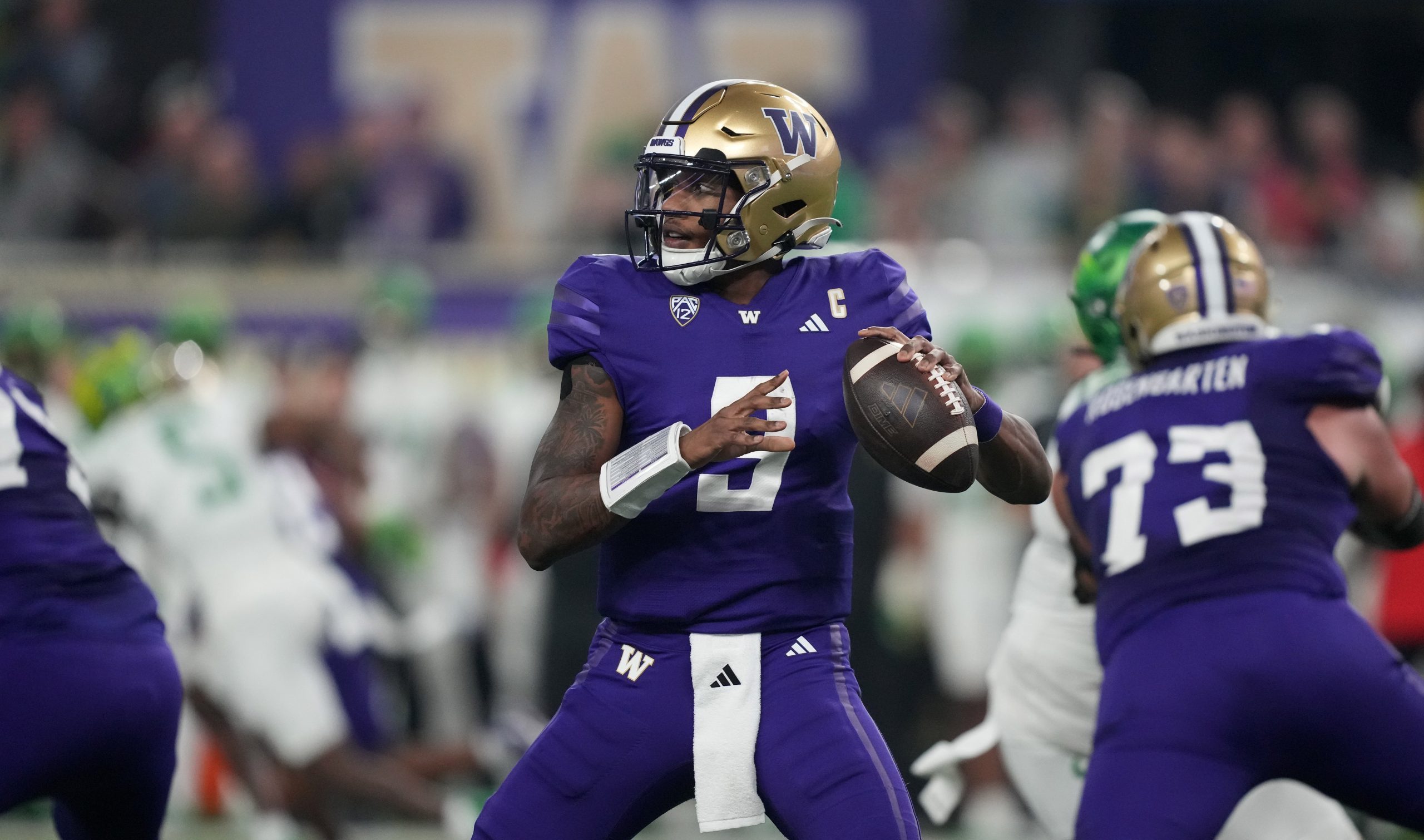Michigan football coach Jim Harbaugh loves to push the envelope, so after the National Collegiate Athletic Association banned the spring break practice trips that Harbaugh pioneered starting on August 1, Harbaugh decided to go big for his team’s final spring break trip: a week of practice in Rome, Italy.
In an effort to appeal to the supposedly amateur foundation of college athletics, Michigan tried to brand the trip as an educational experience, citing visits with U.S. military members and a trip to an orphanage, though given how little true educational value such brief trips can hold, the real motivation for the trip is obvious: Michigan football has a ton of money and wants to do something cool and fun.
Just a decade ago, Michigan probably wouldn’t have been able to afford this trip. In 2005-06, the Michigan athletic department reported $85 million in revenue. That’s a fine sum, until you consider that just a decade later, in the latest reporting year, Michigan finished with a whopping $152 million in revenue. That’s a 79 percent increase in 10 years, and there’s more revenue coming thanks to a new Big Ten TV deal—one that could bring in more than $25 million extra per year starting in 2018.
As a non-profit, Michigan is incentivized to spend all of that money. And since the Wolverines don’t pay their players, as is mandated by NCAA rules, they are further incentivized to pretend that they don’t have the money to pay their labor so that NCAA rule isn’t reversed—a point that has resonated among the public, and even congressmen, despite the faulty premise (just because you spend all your money on fun things doesn’t mean you can’t revise the spending to include labor).
Michigan did a pretty good job skyrocketing its spending in recent years. The Wolverines mostly did so by hiring more support staff and giving raises to athletic department employees, which is how they spent $151 million last year. But with more money coming in, Michigan has to spend out-of-this-world money to even keep up with the rising revenue: thus, a spring break trip to Rome.
To be clear, there is nothing wrong with Michigan’s trip. It would be better if the Wolverines got to use that money to pay their athletes—would you rather have a trip to Rome, or $100,000 with which you can buy a lot of trips to Rome?—but they can’t do that, so they’re putting it into a fun experience for the players. And absent a change in NCAA rules that corrects the market to fairly compensate labor, other schools are going to need to spend this kind of money to keep up with revenues, too. After all, Michigan isn’t the only school with money to spend—24 athletic departments already bring in over $100 million per year, and that number will jump as the TV money keeps rolling in.
The NCAA rule change means that spring break trips will be out of the question, but other kinds of lavish spending won’t be. What about hosting a week of practice during the school year in a tropical destination? What about playing games in some of the top soccer stadiums around the world? What about creating an amusement park at the football complex so your players don’t even need vacation, as Clemson has already done?
The money needs to go somewhere so schools can still pretend to be broke, and it’s in their best interest to use the money to attract recruits with lavish amenities. Spring break in Rome might be a one-time deal, but similar trips and activities are in the near future of college sports.







